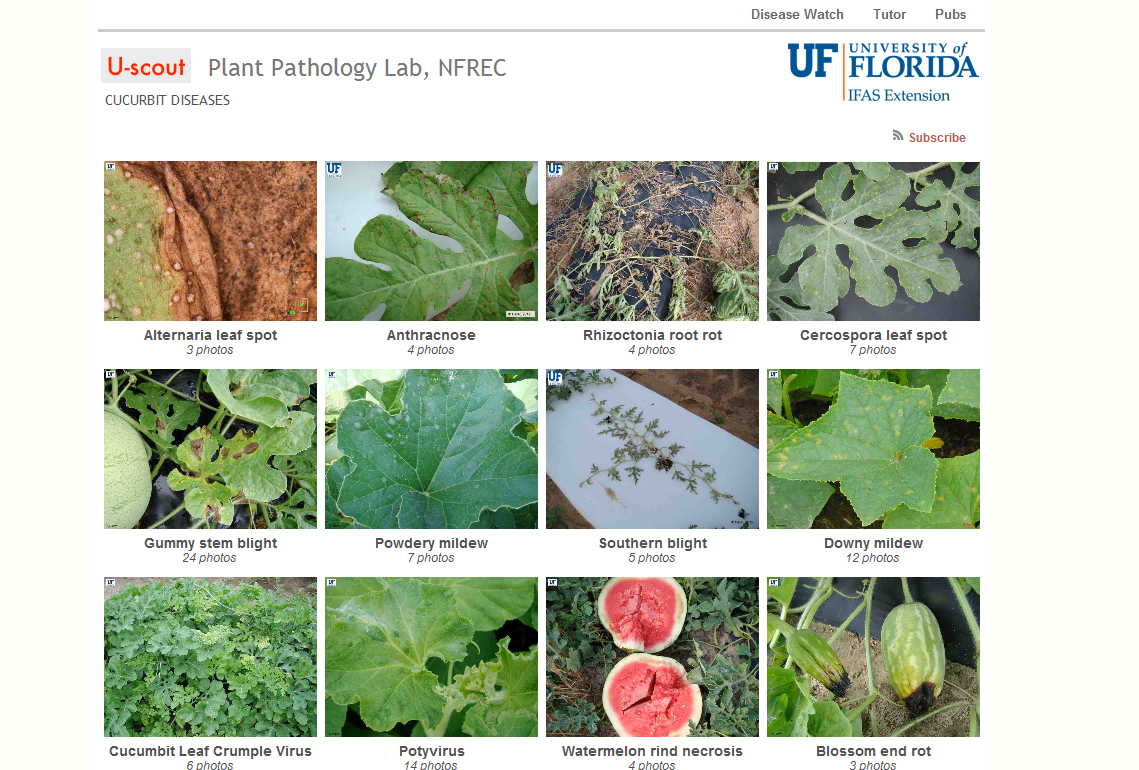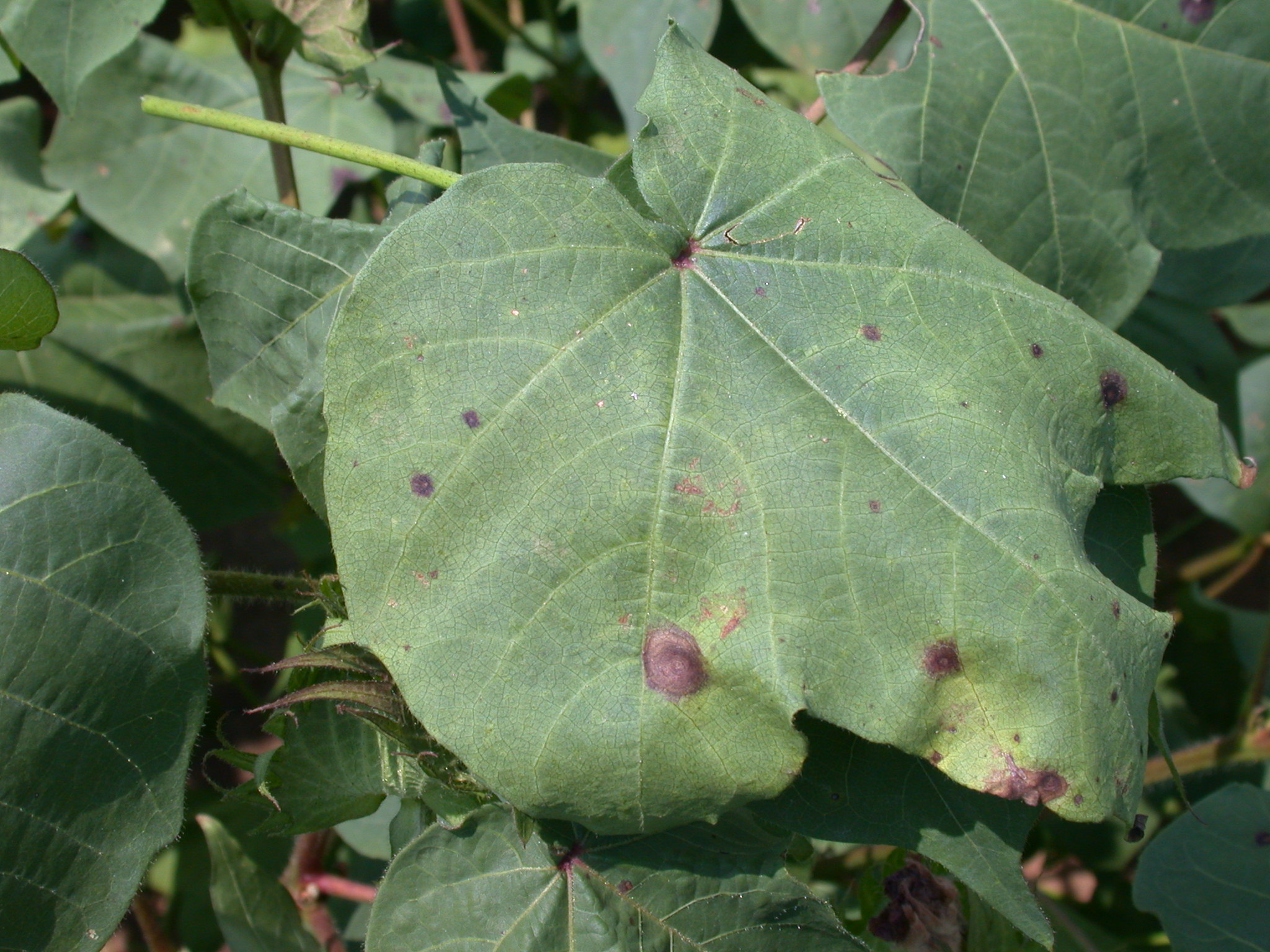
by Matthew Orwat | Aug 2, 2013
The ample rain and persistent humidity throughout northwest Florida during the last two months have increased disease incidences in summer vegetable crops. Scouting fields with an eagle eye for potential disease outbreaks is essential this season. The U-scout tool,...
by Josh Thompson | Aug 2, 2013
Earlier this week I visited a farm in Jackson County that had considerable damage from leafhopper insects, a condition usually called hopper-burn. There several different species of leafhoppers that feed on peanut, one of the most common is the potato leafhopper...

by Michael Goodchild | Aug 2, 2013
Above is a video of a recent prescribed burn in Walton County. Benefits of Summer Prescribed Burns Most landowners think of winter months (Dec-Feb) when it comes to control burning the piney woods. But once your pine trees start reaching mature heights (50-70 feet)...

by Michael Donahoe | Jul 26, 2013
Target spot disease was confirmed from a sample taken in Santa Rosa County on June 27 and is becoming increasingly widespread on cotton throughout the area. This is likely due to all the rain we’ve been getting and the resulting rank growth in many fields. Studies the...

by John Doyle Atkins | Jul 19, 2013
There are confirmed hits of white mold in the Extension Peanut Fungicide trial here in Santa Rosa County, up to 3 hits per 25 foot of row. White mold is one of those diseases that can be field diagnosed with near 100% accuracy when the small BB-like, mustard seed...
by Michael Donahoe | Jul 12, 2013
Cotton aphids are beginning to show up in spots in fields. On plant terminals and young leaves feeding may result in distorted growth which may include stunted plants and rolled or downward cupped leaves. When feeding, cotton aphids secrete a sticky honeydew substance...





